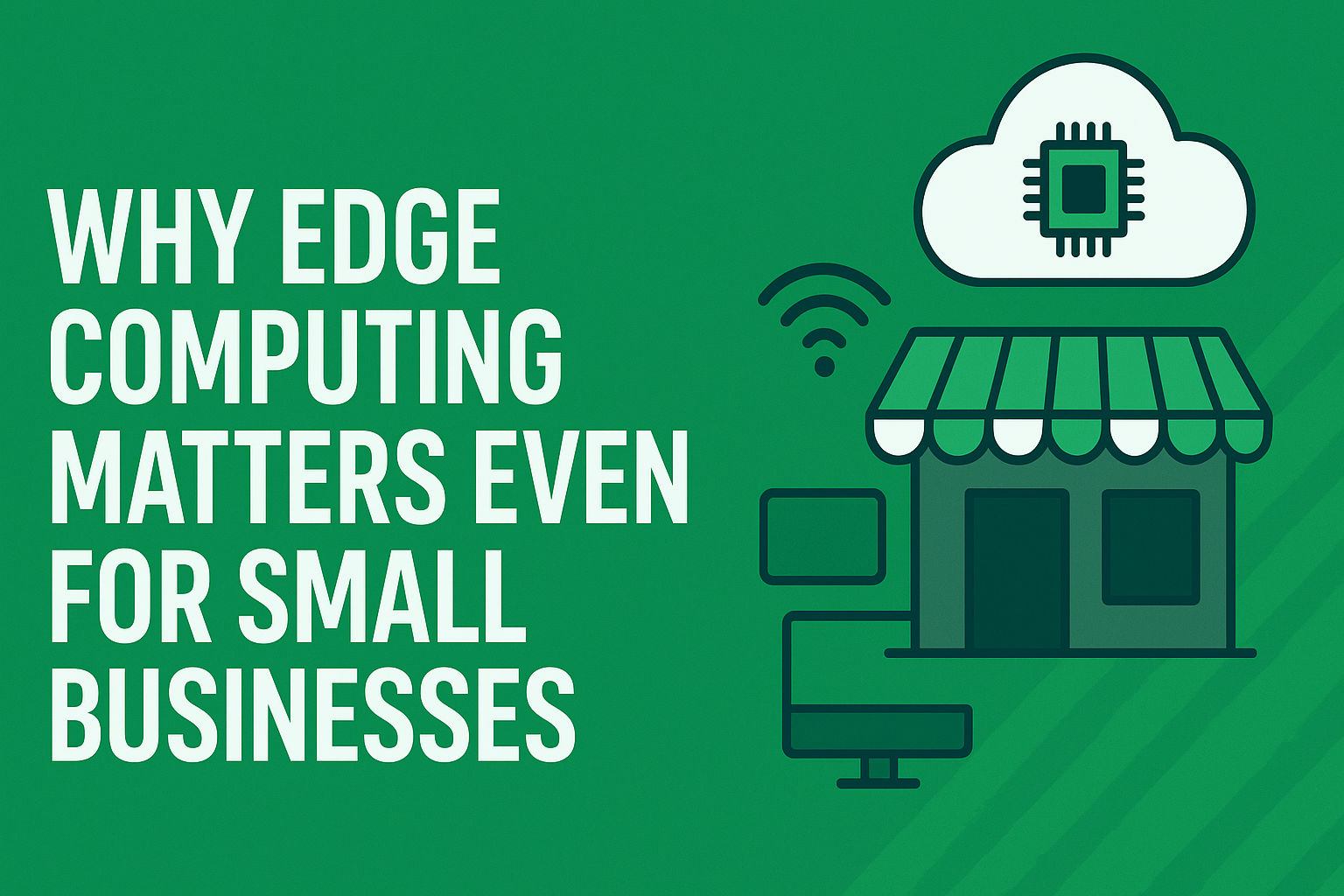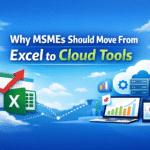Why Edge Computing Matters Even for Small Businesses
In today’s fast-moving digital world, data is the lifeblood of every business. But as data grows, so does the need for faster processing and better security. This is where edge computing steps in — not just as a high-tech buzzword, but as a real solution that even small businesses can leverage to improve efficiency, speed, and customer experience.
Edge computing brings data processing closer to the source — whether that’s your smart sensors, IoT devices, or point-of-sale systems — instead of relying on distant cloud servers. For small businesses, this can mean less lag, faster decisions, and greater control over critical information.
⚙️ What Exactly Is Edge Computing?
In simple terms, edge computing means processing data at or near the location it’s generated, rather than sending it to a centralized data center.
Imagine a café using smart coffee machines that monitor usage and maintenance. With edge computing, those devices can process data on-site and alert the owner instantly if a machine needs servicing — no delays, no cloud dependency.
This local processing power helps small businesses save time, reduce bandwidth costs, and improve real-time responsiveness.
🚀 Why Edge Computing Matters for Small Businesses
For years, technologies like cloud computing seemed reserved for large enterprises. But today, edge computing is leveling the playing field. Here’s how it makes a big difference even for smaller setups:
1. Faster Data Processing
Small businesses depend on speed — from point-of-sale transactions to customer service. Edge computing reduces latency by processing data locally, ensuring instant feedback and smoother operations.
2. Improved Data Security
Since edge computing limits how much data travels over the internet, it reduces vulnerability to cyberattacks. Localized data storage also means small businesses can comply better with data privacy laws.
3. Cost Efficiency
Sending all data to the cloud can be expensive. With edge computing, only essential data is transferred, helping businesses cut bandwidth and storage costs without compromising performance.
4. Enhanced Customer Experience
From retail shops to restaurants, quick responses matter. Edge-powered systems can help businesses analyze customer preferences in real time, creating personalized and efficient experiences that build loyalty.
5. Scalability for Future Growth
As small businesses grow, edge computing allows easy scalability. You can add more smart devices or systems without overwhelming your network — keeping your operations agile and future-ready.
🌐 Real-World Examples of Edge Computing in Small Businesses
-
Retail Stores: Use smart shelves and sensors for real-time inventory tracking.
-
Restaurants: Edge-enabled POS systems provide faster billing and customer data analytics.
-
Manufacturing Workshops: Local devices detect equipment faults instantly, reducing downtime.
-
Healthcare Clinics: Process patient data on-site securely and in real time for quick treatment decisions.
Each of these examples shows how edge computing empowers smaller organizations to make data-driven decisions without waiting for cloud responses.
💡 Getting Started with Edge Computing
You don’t need massive infrastructure to start. Begin by identifying processes that rely on real-time data — such as monitoring sales, equipment, or customer feedback.
Then, work with an IT partner or vendor that provides IoT-based, edge-ready devices and integrates them into your daily operations. Even small steps toward edge computing can significantly improve efficiency and reliability.
✅ Conclusion: The Smart Move for Small Businesses
Edge computing is no longer just for tech giants. It’s a strategic advantage that helps small businesses become faster, safer, and smarter. By adopting it early, you’re not just keeping up with digital trends — you’re building a more responsive, competitive business for the future.






